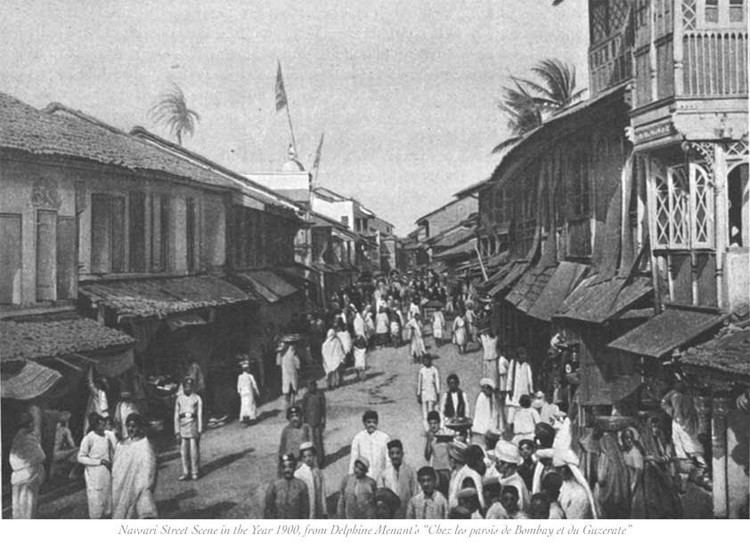
History

According to old writing it can be seen that Navsari was famous in 7th century. In 671 AD known as “Samana Navsarika” this region was ruled by Chalukya dynasty (Vavshaj Laat Branch).
At that time Shila Dritniya Guru Naavdrdha is known to have stayed in present Naagtalavdi area. Due to this area, it became famous as “Naag Mandal” and gradually with passage of time this district’s present name “Navsari” came.
Two families of Parsi Zoroastrian priests settled in Navsari in the early 13th century and the town soon emerged as the major centre of the Parsi priesthood and religious authority. As Parsi communities grew at other places in India, the priests from Navsari were sought by the new Parsi settlements.
Surat replaced Navsari as the principal settlement of the Parsi community in the 18th century, following its rise as a major trade centre for the European factories, and the Maratha incursions into Navsari; Surat itself lost this position to Bombay in the later years.
Navsari has a large Parsi-Zoroastrian community. Dr. Dadabhoy Navroji & Mr. Jamshedji Tata, founder of the Tata group of companies, were born here. J. N. Tata’s birthplace is still preserved as a memorial by the local branch of Tata Steel Factory in the outskirts of the city.
Navsari district, located on the eastern side of the Arabian sea, is one of the most pleasant and historical districts of Gujarat state. Before freedom Navsari was the main city of old Vadodara State. From 1st May 1949 Navsari had been included in Surat district and in 1964 in the month of June, Surat district was reformed and Navsari was included in Valsad district. Presently, since October 1997, Navsari as a separate district has come into existence. The district is bounded by Surat district in the North, Dang district in the East, Valsad District in the South and Arabian Sea on the western side. Navsari is an important station of broad gauge railway line between Mumbai and Ahmedabad. Through Ahmedabad, Mumbai National Highway No.8, Navsari is connected to big cities of Gujarat.
In ancient times Navsari was known for its trade and industry. Before AD, amongst Greek, Navsari was mentioned as a famous port of western coast of India. Navsari’s weaving work was praised and “Baasta” means “Jug” became famous and foreign traders visited Navsari to learn about weaving. Navsari also became famous for “Zardosi” work (Jari embroidery).
